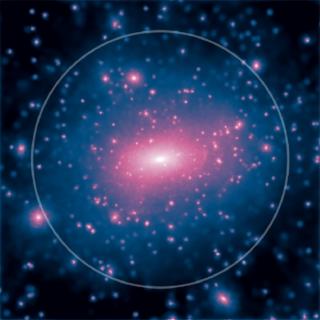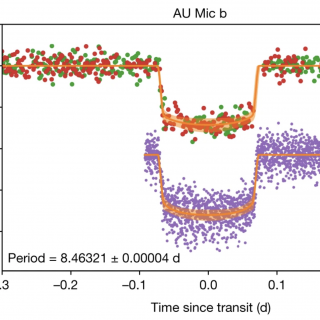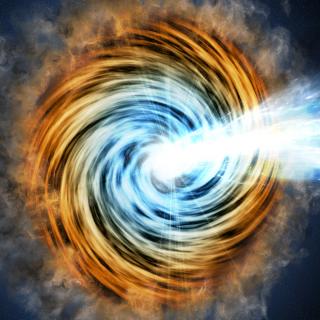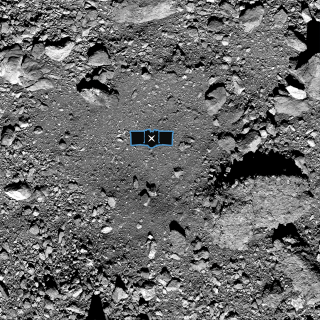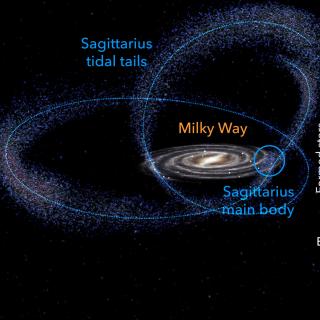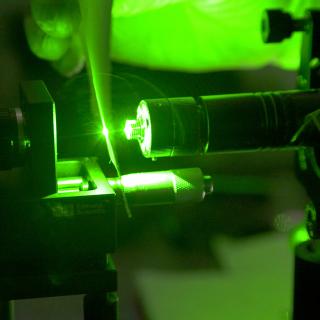
In the document presenting the General National Budget for 2021 approved by the Council of Ministers for 2021, the Instituto de Astrofísica de Canarias (IAC) will receive, next year, a sum of 9 million euros from the State Plan of Investments and Reforms. This extraordinary grant, which will be spent on investments and technological infrastructure, is in addition to the annual grant from the Ministry of Science and Innovation. The IAC is thereby recognized as a powerful motor attracting external funding to the Canaries to drive technological development and create employment.
